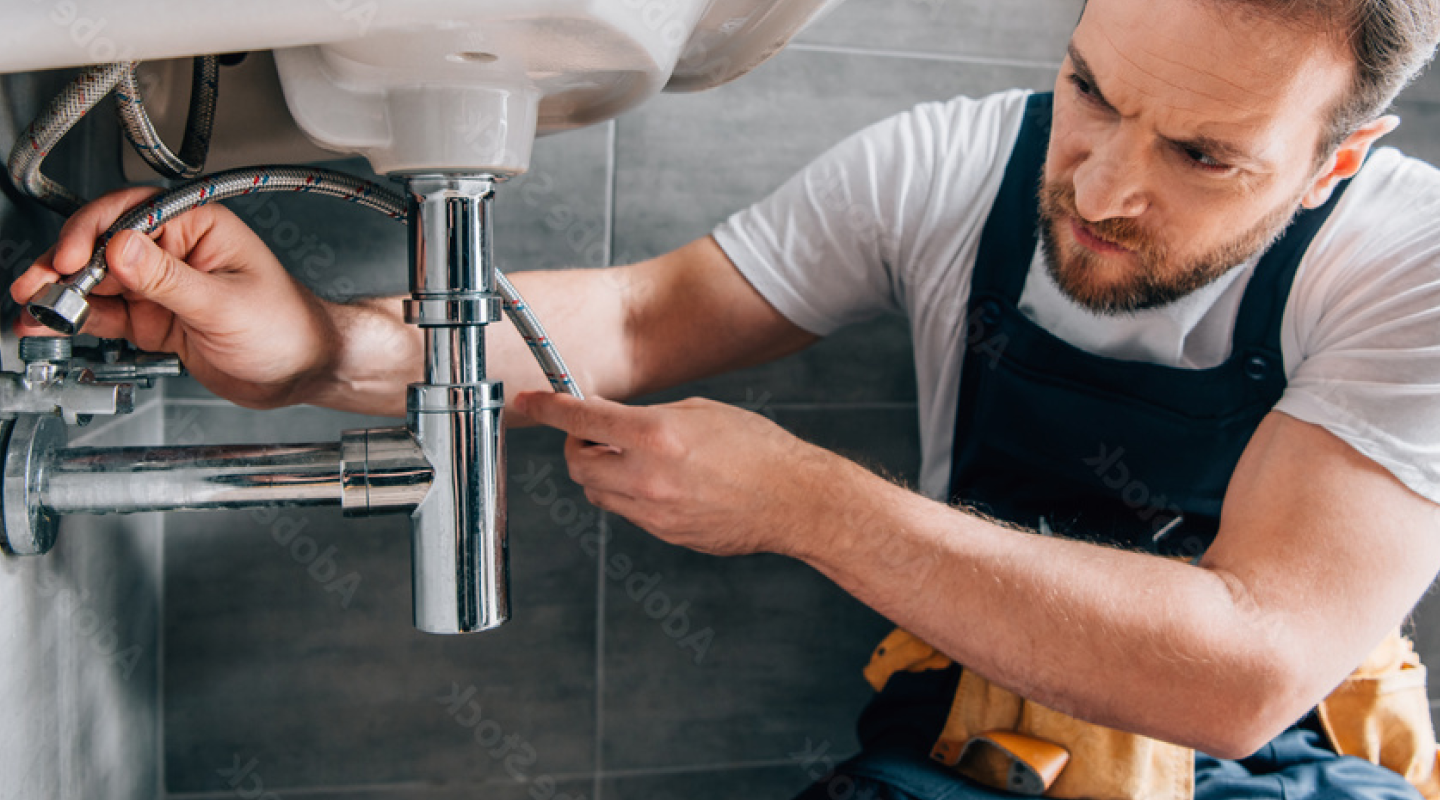Professional Drain Cleaning Alabaster AL to Maintain Your Pipeline Flowing
Professional Drain Cleaning Alabaster AL to Maintain Your Pipeline Flowing
Blog Article
A Step-by-Step Overview to Efficient Hot Water Heater Setup for Optimal Efficiency
Beginning on the task of installing a water heating unit is a venture that demands accuracy and a methodical technique for attaining ideal performance. As you proceed, the details of attaching water supply lines and establishing up trusted electric or gas connections await, promising understandings right into making sure performance and dependability.
Selecting the Right Hot Water Heater

Following, consider the size and ability of the hot water heater. It's essential to evaluate your family's warm water demands, which can differ based on the variety of owners and their use patterns. An unit that's too little may cause inadequate hot water, while an extra-large version could lead to unnecessary power usage.
Efficiency ratings likewise play a crucial function in choice. Look for hot water heater with high Power Variable (EF) scores, suggesting remarkable performance and reduced energy usage. Tankless versions, though commonly much more expensive upfront, deal significant energy savings gradually because of their on-demand home heating capacities.
Preparing the Installment Location
Before setting up a new water heating unit, precise preparation of the installment location is essential. It's vital to gauge the area very carefully to accommodate the water heating unit's measurements, guaranteeing sufficient clearance around the unit for effective operation and servicing.
Inspect the floor for stability, as the water heating unit will require a strong, degree surface to operate successfully. If required, mount a drip pan below the device to catch potential leakages or spills, protecting against water damages to the surrounding area.
In addition, guarantee that all necessary devices and products are on hand prior to beginning the installment. This includes products such as wrenches, screwdrivers, a level, and any type of added hardware required for securing the heating unit and placing. A well-prepared installation location establishes the foundation for an effective hot water heater setup, optimizing efficiency and security.
Connecting Water Supply Lines
When linking water supply lines to your freshly installed water heating system, it is important to guarantee that all links are leak-free and safe to maintain reliable operation and stop water damage. Begin by identifying the cold and warm water system lines. The cold water inlet is generally noted with a blue tag or a "C", while the warm water outlet is noted with a red tag or an "H".
Use flexible hot water heater adapters to assist in a much easier installation procedure. These ports can absorb vibration and enable minor activity, minimizing the risk of leaks. Before attaching the adapters, position a plumber's tape around the threaded ends of the hot water heater's inlet and outlet pipelines - Plumber Alabaster AL. This tape works as a sealer, protecting against leakages. Carefully link the versatile pipes to the particular inlet and outlet, ensuring that they are tight but not over-tightened, which can harm the threads.
When connections are in place, slowly switch on the major water supply shutoff. Inspect each link for leaks by visually examining and really feeling for wetness. Tighten links as necessary, and guarantee the stress alleviation valve is appropriately set up, protecting versus excessive stress accumulation.
Establishing Electrical or Gas Links
Correctly setting up the electric or gas links for your water heater is an essential step to make certain secure and efficient operation. For electrical water heaters, start by confirming that the electrical circuit is suitable with the heating unit's voltage and amperage requirements.
For gas water heating systems, safety is extremely important. Attach the gas line to the water heater using an adaptable gas connector, ensuring it is properly threaded and secured with pipe joint substance or Teflon tape ideal for gas links.
When links are made, check for any prospective leakages. For gas lines, apply a soapy water remedy to the joints; bubbles indicate a leakage. For electric connections, verify that all wiring is protected and effectively protected, preserving compliance with neighborhood electrical codes.
Evaluating and Adjusting for Effectiveness
With the electric and gas connections safely in position, the following action is evaluating the operational efficiency of your water heater. Begin by meticulously turning on the water system and making sure there are no leakages at any one of the joints or valves. As soon as confirmed, proceed to fill up the container, paying focus to the stress and temperature read what he said level settings. It is recommended to set the thermostat to a recommended temperature of look here around 120 ° F(49 ° C) to balance power efficiency and convenience.
Next, perform a thorough examination to ensure the burner or burner are operating appropriately. For electrical heaters, use a multimeter to confirm if the aspects are drawing the proper present. In gas models, observe the heater flame; it should be constant and blue, suggesting effective combustion.
Readjust the setups look these up as needed to remove inefficiencies. Think about implementing insulation procedures, such as adding a water heating system blanket, to additionally enhance efficiency by reducing warm loss. Furthermore, check the anode pole's condition, as a worn-out pole can decrease efficiency and bring about storage tank deterioration.
Verdict
Reliable water heating unit installment is vital for making sure optimal efficiency and power savings. Securely connecting water supply lines and thoroughly setting up electric or gas links lessen possible issues.

Properly setting up the electric or gas connections for your water heating system is an important step to make certain efficient and secure operation. For electric water heating units, start by verifying that the electrical circuit is suitable with the heater's voltage and amperage demands. Link the gas line to the water heater utilizing a flexible gas port, guaranteeing it is correctly threaded and sealed with pipeline joint substance or Teflon tape suitable for gas links.
Report this page